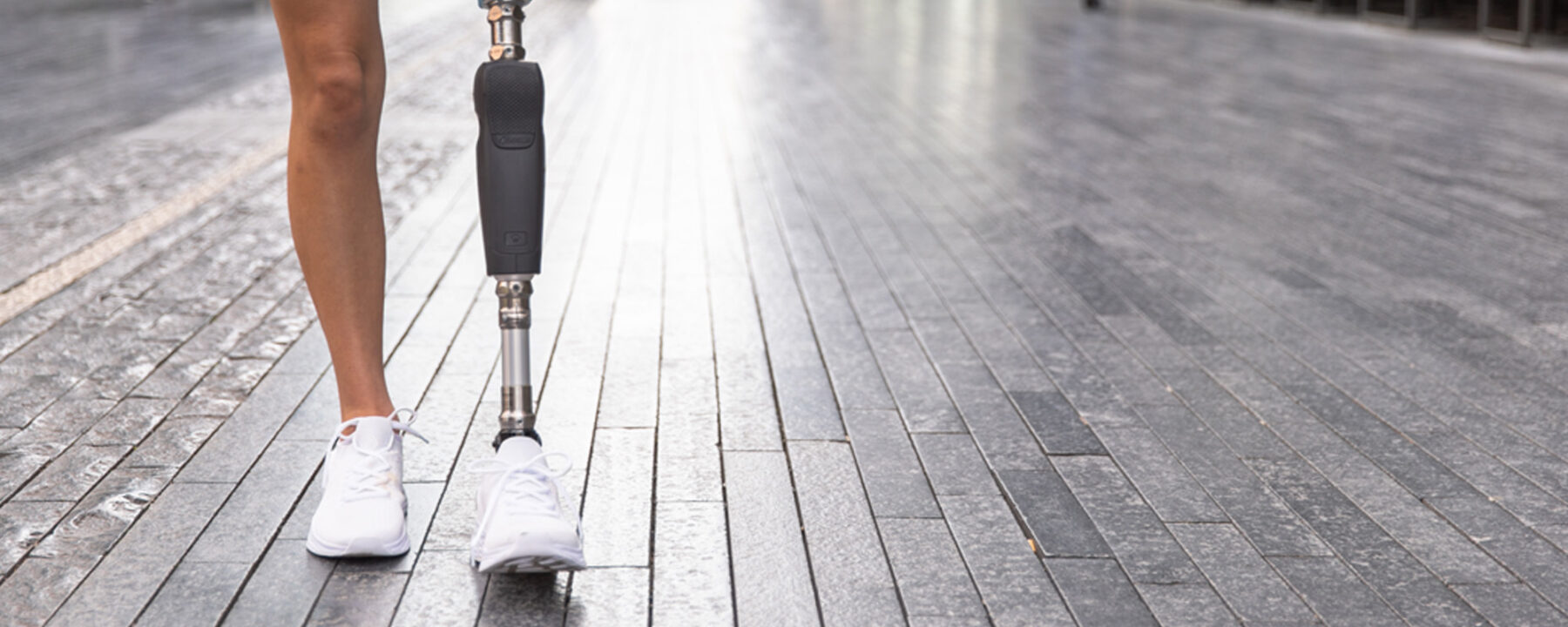
Physio Facts - Top tips for the ankle
I thought that I’d work my way up the body and share some of the most common issues and top tips I have for each joint. So naturally, let’s start at the ankle. The foot and ankle are a pretty complex bunch of joints - small but mighty!
Something I see quite often in regards to feet is what most people would call being flat footed. Some people start off this way and it is not an issue. Others however acquire a weakness either in the foot and ankle, or even further up the leg, that causes this flat footedness. The ankle collapses in - we would call this eversion at the foot.
A very simple way of trying to correct this is to sit with your feet on the ground bare footed with the edge of a towel flat under your toes. Try and lift the arch of your foot away from the ground without moving your knees or lifting your big toe. Once you’ve managed this, curl your toes and start to crunch the towel up under your foot.

The next thing I see a lot of is reduced weight bearing dorsiflexion, which is a lack of flexion at the ankle when standing. A simple way to test this is to stand in a lunge position with your knee touching a wall. See how far you can get your toes away from the wall without lifting your heel up. You can measure this with a ruler. If it’s super stiff then your toes will be touching the wall but you won’t be able to get your knee to touch too. A good way of improving this is to stretch the back of your calf either by lunging and trying to push the back foot down flat or dropping your heel down off the edge of a step and holding it there. Another way is to practice the knee to wall test and gently bend the knee forward as far as it will go then gently back, keeping the heel firmly on the floor.

Lower limb amputees may experience something called ‘vaulting’. This is when instead of walking with a normal gait pattern when your intact leg is on the ground and your prosthetic is stepping forward, you go up onto your tip toes to clear the prosthesis. This gives a kind of bobbing quality to your gait. If you have a fixed above knee prosthesis, this strategy of walking is better than hitching up your hip to clear the floor so don’t worry too much. But if you have a knee that bends or are a below knee amputee, then it’s something you can work on. Learning to bend the prosthetic knee properly and having the confidence that it won’t trip you up by hitting the floor is half the battle. However, it is also about momentum - you need to be rolling over the intact ankle joint rather than pushing up on it. This is something best worked on with someone else to guide you.
While those who ‘vault’ during their gait may have large, strong calf muscles, a lot of people will find that their calf muscles just aren’t strong enough. There are two main muscles at the back of your calf - the gastrocnemius and the soleus. One works predominantly when the knee is straight and the other when the knee is bent. They both help point the toes or help to go on tip toes when you’re standing. An easy way to test the strength of these muscles is to stand on one leg (you can hold onto something for balance) then see how many calf raises you can do in 30 seconds. We’re aiming for 30 repetitions of full tip toe to heel back down on the ground. To test the gastrocnemius you’d do this with the knee completely straight. If you want to test the soleus then you do the same test but keep a bend in the knee. You can do the test as a strengthening exercise too.
If you find that your ankle feels stiff, some manual therapy from a physio will help kick start the movement. Then you would be given some exercises so that you can start using the new range of movement and strengthen the muscles surrounding the ankle.
Please email Beth with any questions you may have - bethl@dorset-ortho.com
